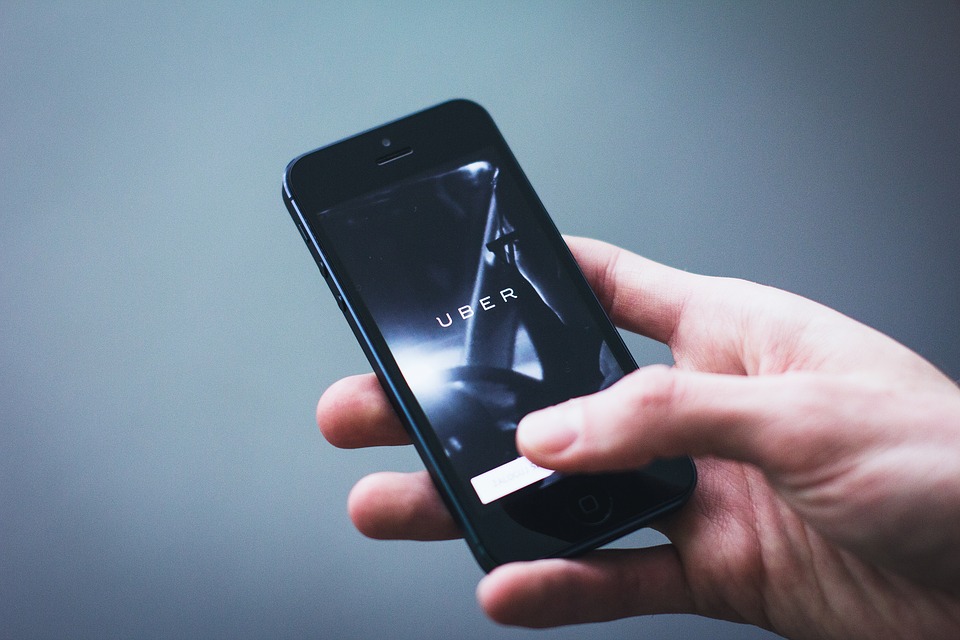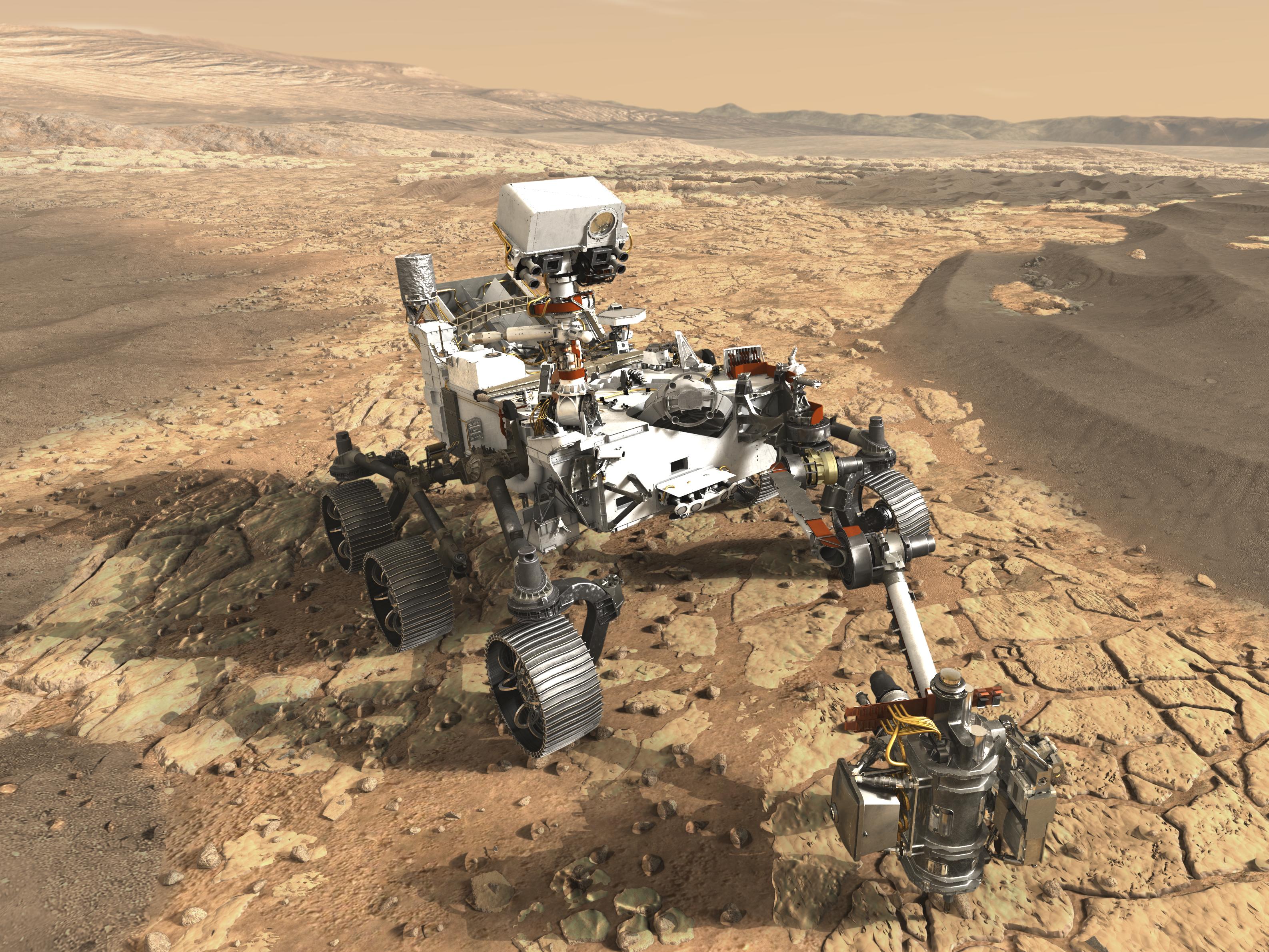Our WINS feature will offer highlights on some of the past week’s most notable stories in the industries of wireless tech, modular design, and others our publication covers. Our WINS feature looks to keep our loyal readers informed on not just the latest and biggest headlines, but also shed light on other noteworthy stories that most people might not necessarily know about. This week, we will look at some of the immediate fallout Uber is facing from their massive data breach, a recent breakthrough in the development of quantum internet, and what NASA has in store for its 2020 Mars mission.

(Image Credit: Pixabay)
Uber Facing Lawsuit Over 2016 Cyberattack
As we all know, news recently broke that ride-hailing company Uber paid off hackers to cover up a massive cyberattack, which compromised the personal information of over 57 million customers and drivers in 2016. In response to this breaking story, Washington State has filed a lawsuit against the transportation service conglomerate.
According to Attorney General Bob Ferguson, Uber was required by law to notify the nearly 11,000 drivers in Washington State within that their information was exposed within 45 days of the incident. Although the lawsuit seeks civil penalties that could cost Uber millions of dollars, Uber is reportedly cooperating with regulators and other governmental entities involved.

(Image Credit: Pixabay)
Development of “Hybrid” Quantum Internet
A study recently published in the journal Nature describes the reported achievement of an elementary “hybrid” quantum network link, which for the first time, demonstrated photonic quantum communication. This occurred between two separate quantum nodes in two different laboratories, using a single photon to carry information.
Researchers used an emitting node, which was a laser-cooled cloud of rubidium atoms, along with a receiving node, which was a crystal coated with praseodymium ions. The generated quantum bit from the cold gas encoded in a single photon with an extremely narrow bandwidth and wavelength of 780 nm. The photon was converted to a telecommunication’s wavelength of 1552 nm, demonstrating the network’s capable compatibility with the current C-band range. The study results depicted two different quantum systems capable of being connected and communicating through a single photon.

(Image Credit: Wikipedia)
NASA Gearing For 2020 Mars Mission
While the Mars Curiosity Rover has been a huge success, it hasn’t stopped NASA from preparing for their next mission, which is set to commence in 2020. NASA will be deploying a new rover model simply known as the ‘Mars 2020 Rover.’ While there’s a striking resemblance to its predecessor, the 2020 rover is equipped with seven new instruments, redesigned wheels, and will have more autonomy.
The 2020 rover will have a drill that can capture rock cores, a caching system with a miniature robotic arm to seal and deposit samples for potential pickups during future missions, an x-ray spectrometer, ultraviolet laser, ground-penetrating radar, color cameras, zoom lens, and a laser that can vaporize rocks, soil, and analyze their chemistry. Unlike the Curiosity Rover, Mars 2020 will have different objectives that involve finding signs of ancient life on the planet by studying terrain that previously held rivers and lakes over 3.5 billion years ago.
Filed Under: M2M (machine to machine)




